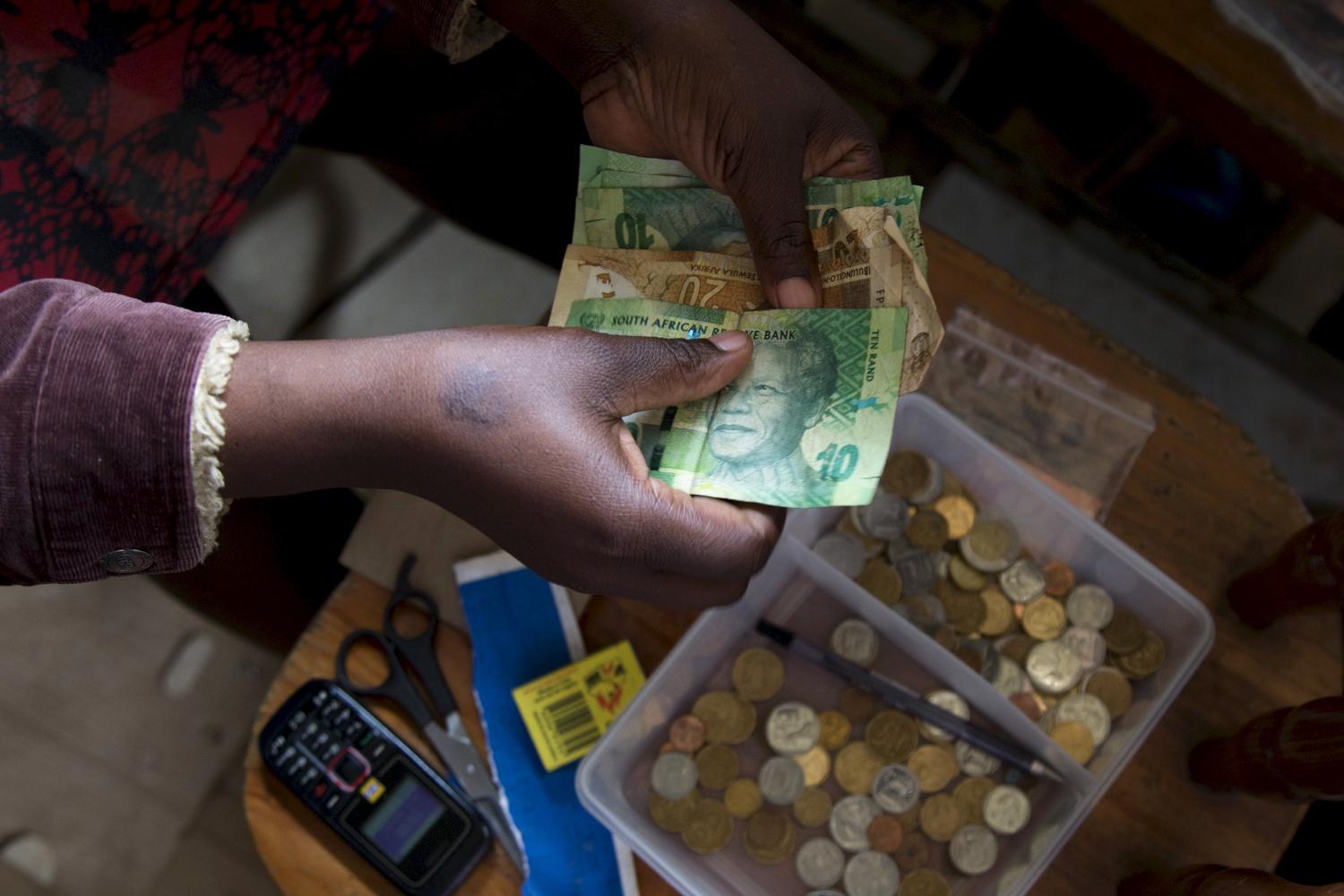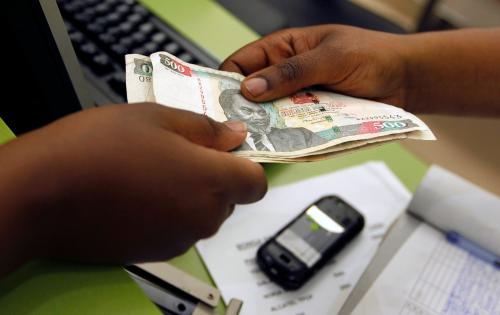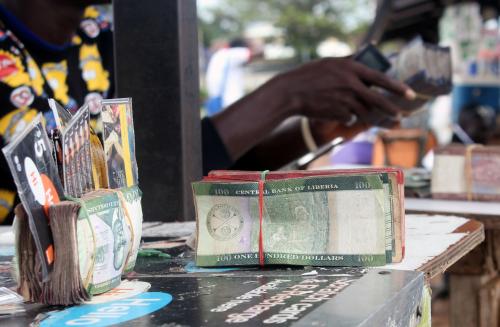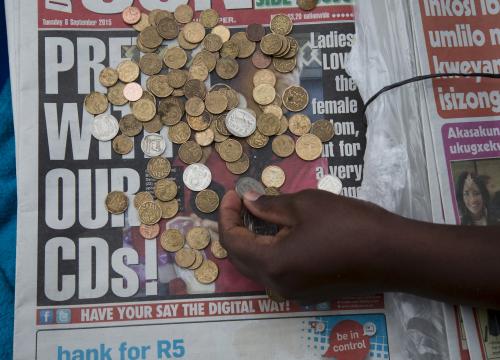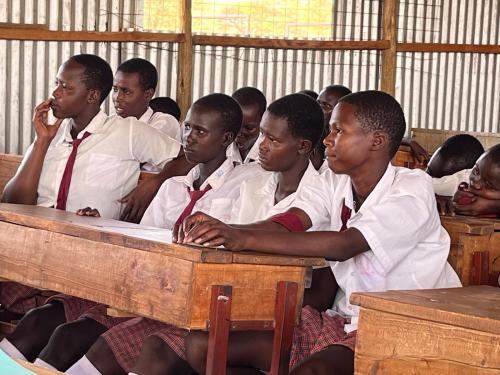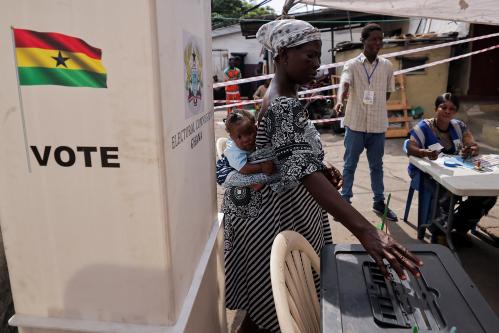Sub-Saharan Africa faces a sizeable shortfall in financing for investment, estimated at about $230 billion a year, on average, over the next five years. This shortfall is due to low domestic savings rates, partly as tax revenue collection continues to underperform notwithstanding recent improvements. Indeed, tax revenues in the region (excluding those raised from the natural resource sector) moved up from 11 percent of GDP in the early 2000s to about 15 percent in 2015. Even so, the ratio falls short of the desired level and remains below that of the OECD (24 percent) and other emerging and developing countries. In this brief, we develop an analytical framework to guide our understanding of the factors still restraining the region’s revenue collection and to discern the fundamental drivers of the increase in past years.
We find that the region’s still-lower tax revenues are due to both lower taxation capacities—about 20 percent of GDP on average—and to inefficiencies in revenue collection. Addressing both factors can significantly boost revenues in sub-Saharan Africa to levels comparable to those of OECD countries. Encouragingly, both tax capacity and efficiency in revenue mobilization are increasing region-wide, contributing to the 4 percentage point increase in tax-to-GDP ratio over the past two decades or so.
Looking ahead, scope exists to raise tax revenues above the current levels by further strengthening tax capacity and improving governance in revenue collection. On the one hand, strengthening tax capacity should remain a medium- to long-term policy objective, given that capacity is largely determined by entrenched structural factors such as the stage of economic development, the size of the informal sector, sectoral composition of economic activity, and so on. Improving governance, on the other hand, can yield near-term results. Our analysis suggests that strengthening governance, including combating corruption and bolstering accountability, can significantly reduce inefficiencies, and help mobilize up to $110 billion annually, on average, over the next five years. This amount is more than double the $44 billion in official development assistance to the region in 2016, and almost one-half of the estimated $230 billion average financing gap.
The Brookings Institution is committed to quality, independence, and impact.
We are supported by a diverse array of funders. In line with our values and policies, each Brookings publication represents the sole views of its author(s).


